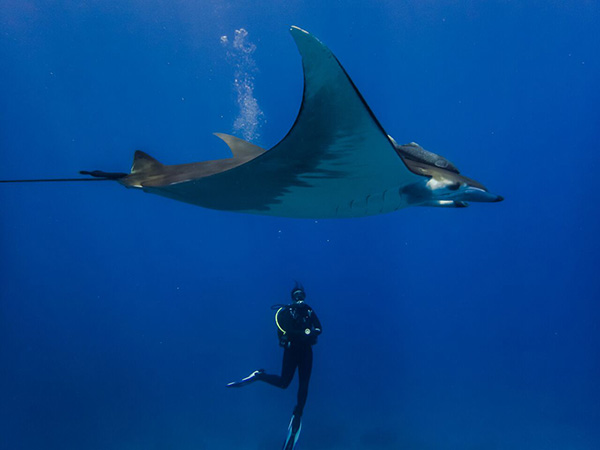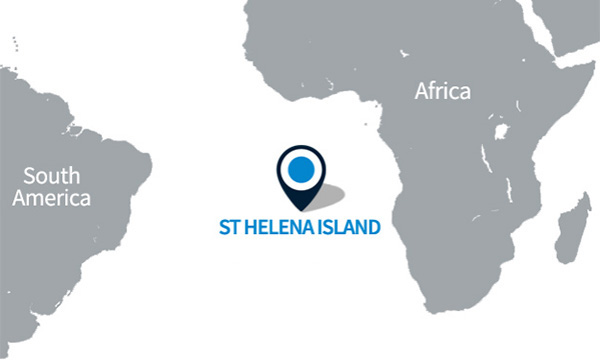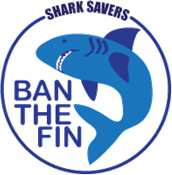Unlocking St Helena
Discovering one of the most remote islands in the world!
SA Airlink will be operating the only commercial flight from 14 October 2017. The flight will initially be once a week in an Embraer E90 (98 seater), from Johannesburg, with a stop in Windhoek, to allow Cape Town passengers on the CPT-WDH flight to connect. The flying time is approximately 5 hours, although the return flight is shorter owing to the prevailing winds.
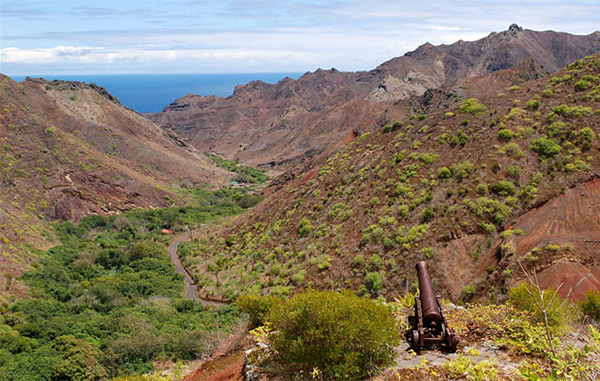
St Helena Island is a tropical island of volcanic origin in the South Atlantic located 2,485 miles East of Rio De Janeiro, 703 miles to the South East of Ascension Island, 1200 miles from the West African coast and 4,901 miles from the UK making it one of the most remote islands in the world.
In 1815 the British Government selected St Helena as the place of detention of Napoleon Bonaparte. He lived on the island until his death in 1821. His body remained on the island for another 20 years before being moved to Paris. The island is only 47 square miles however boasts 400 endemic bird and plant species. Above all the island is very safe and you are assured of a warm welcome by the islanders.
Previously the island has only been accessible by taking a five day voyage on the RMS St Helena from Cape Town. This is all about to change with the opening of the brand new airport in October of 2017.
St. Helena draws nature lovers and avid birders alike. Diana's Peak National Park, home to 60 known native species of plants - 45 of which exist nowhere else in the world - is utterly pristine. In addition, the island's mountains and subtropical climates make for exceptional coffee-growing conditions, and although farms are not abundant, it produces some of the best (and most expensive) coffee in the world.
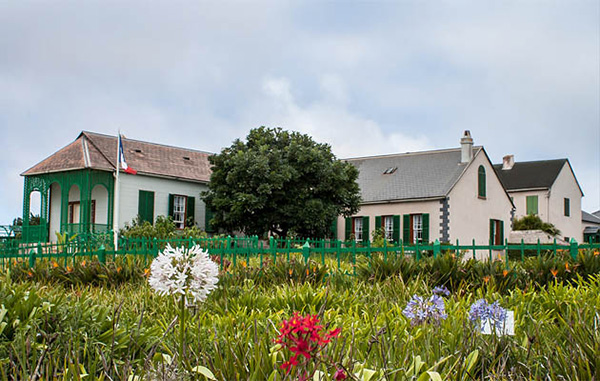
Longwood House where Napoleon Bonaparte died in exile
St Helena Highlights
Whale sharks (it is not uncommon to see 20 whale sharks in an outing during the season, which is January, February and March)
Dolphin spotting, including Pantropical dolphins, Bottle-nosed Dolphins and Rough-Toothed Dolphins. The Pantropical Dolphins are seen 95% of the year, often in schools of 100-400 dolphins, swimming close to the boat
Jamestown - charming buildings and quaint island-life, as well as an excellent Museum that charts 500 years of the island's history
Jacob's Ladder, a taxing 699 steps above Jamestown, which affords incredible views over the town
The grouping of Plantation House, home to the Governor and Jonathan the Tortoise, the world's oldest animal at 180 years old, St James' Church and the Boer Cemetery, set in wood-shaded avenues and rolling hills
Meeting St Helenians, known as Saints, who are expressive, entertaining and have an opinion on all of island life, including each other! A home dinner with a family is a perfect way to get to know them better
Napoleon's House, where he died in exile and which is beautifully maintained. Some prior reading of Napoleon is useful to put the importance of the house in perspective.
Sandy Bay - far from Sandy, but dramatic volcanic rock scenery
Download 7 Night Discover St Helena Island Itinerary
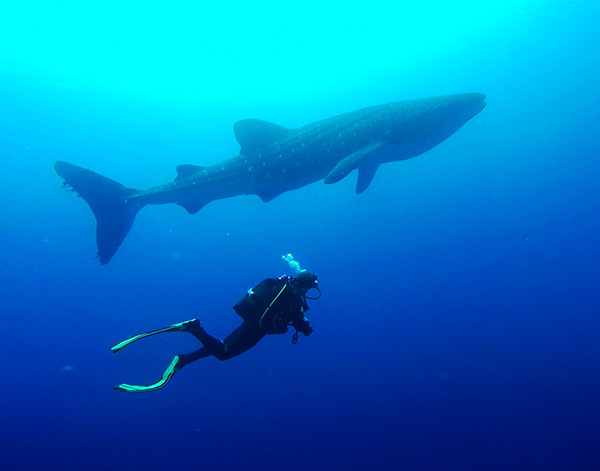
St. Helena Diving
Being a volcanic Island, St Helena offers a variety of dive sites catering for all levels of recreational diving. With Caves, Archway's and reef like structures that present's a habitat for an abundance of marine life, including 50 endemic species to the Island. These include, the St Helena Needle Fish, St Helena Butterfly, Hog Fish, also Nudibranch's, such as The Tamaja, and Bornella to name a few.
There are 7 wrecks within a 5-10 min boat ride, however 3 wrecks requires an Advanced or higher qualification due to their depths ranging from 24 - 35m. On many of the general Dive sites Chilean Devil Rays are a popular sighting, along with Green and Hawk's bill turtles. As with all marine life, there are no guarantee of seeing these magnificent animals the chances are very high and a welcome sighting, as on many occasions the Devil Ray's can spend the entire dive circling divers.
En-route to these dive sites you will encounter 500-600 Pan-tropical Dolphins, that puts on a display of entertainment, just to get the day started.
The marine habitat that surrounds St Helena, has only been discovered by a very small percentage of the international diving community. Although St Helena does not offer a dense coral environment as the Great Barrier Reef, the diverse and abundance of marine life including soft coral, sponges, Mollusc, shrimps, lobsters, etc that can be experienced in these clear waters will not disappoint a visiting diver, and I am sure a reason to return will be thought off.
January each year is the beginning of our Whale Shark season, with the opportunity of snorkeling with 30 - 40+ adult Whale Sharks. Although Whale Sharks are seen in smaller numbers early January, the congregation of Whale Sharks usually occurs around mid - end of January and they are generally seen until April each year.
Diving is conducted throughout each year, however St Helena's peak diving period begins in January until June, with visibility off 30-35m+ and Water Temp - 24/25°C. During February & March visibility increases to 40-45m, and for a short period we have experience water temp of 26°C.
Sub-Tropic Adventures offers a unique service, taking into consideration divers needs and interest. We are a very experienced, and passionate organisation that offers a high valued service. Our attention to safety does not go unnoticed and we are confident that there will be a high element of fun and great memories.
There is very little or no current experienced on dive sites on the leeward side of the Island, however should the be an opportunity to venture to the windward side then currents of 3-5knots can be experienced.
